Special Feature: Life of Pi
The project that Bush says took every ounce of her talent was Ang Lee’s Oscar-winning 2012 epic, Life of Pi, based on the bestselling novel by Yann Martel.
Bush was one of the first people hired to work on the film by David Gropman, the production designer. (The production designer is a crew member who leads the art department for a film.) Through extensive research, Bush helped Gropman and Lee create a visual language for the film. For example, “I researched these different kinds of ornamental exhibit cages used at the zoo in Pondicherry, India,” she says. “And one of them ended up in the illustration that was the first thing I ever sent to Gropman.”
Her research eventually included traveling to Taiwan with the production team.
“Ang was fully committed to portraying the spirituality and religions of Life of Pi in the most authentic way possible,” Bush says. “I knew very little about Hinduism. But this is my world of getting to learn about and explore and understand other cultures and other ways of life.
“There are these types of drawings in Indian history that are amalgams of one animal created by all these little animals. They wanted [a mural of] an elephant in the film, so I composed it out of the parts of all these different animals.”
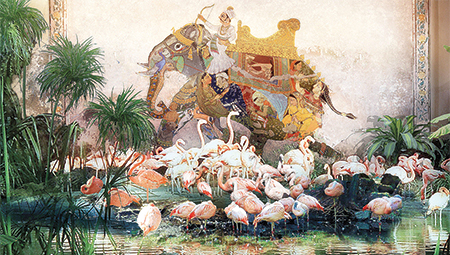 The main character in the film, Pi, has a lifeboat manual that features prominently in the narrative. Bush was initially tasked with designing five or six specific pages of the manual to be seen on camera. “But I wanted to make sure that every page of the manual felt authentic. I hadn’t done many prop illustrations before, and I was nervous they might flip to a page and see gobbledygook text, so I ended up typesetting and illustrating 60 pages,” she says with a laugh. “I made sure that every page in that lifeboat manual was readable and made sense. Then the title company [that produced the credit sequence for the film] used the little drawings I had done [in the film credits].”
The main character in the film, Pi, has a lifeboat manual that features prominently in the narrative. Bush was initially tasked with designing five or six specific pages of the manual to be seen on camera. “But I wanted to make sure that every page of the manual felt authentic. I hadn’t done many prop illustrations before, and I was nervous they might flip to a page and see gobbledygook text, so I ended up typesetting and illustrating 60 pages,” she says with a laugh. “I made sure that every page in that lifeboat manual was readable and made sense. Then the title company [that produced the credit sequence for the film] used the little drawings I had done [in the film credits].”
In 2022, with recommendations from Ang Lee and others, Bush was admitted into the Academy of Motion Picture Arts and Sciences — better known as “the Academy” that everyone thanks when they win an Oscar.
“The directors and the production designers I’ve worked for are [my] mentors,” Bush says. “They really do nurture and care for the people around them. It’s given me such a feeling of community.”
That community exists not just for the whole film production community in Hollywood but also on each project Bush takes on.
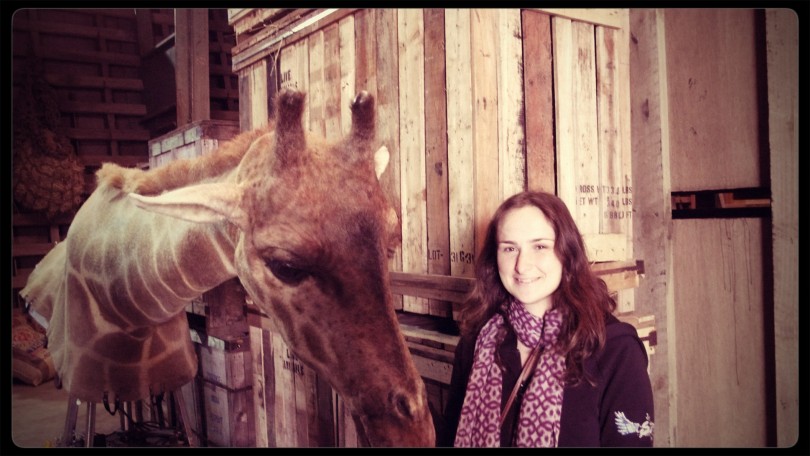
Bush traveled to Taiwan with the “Life of Pi” production team, a rare treat for an illustrator, whose work is typically complete prior to production. “I love when I get to see how someone interprets my work,” she says. “I love seeing what things stay — and when somebody punches it up one more notch.”
“The most enjoyable experiences are with directors and designers who give you a clear vision at the beginning but are open to you adding to the vision,” she says. “Film is a collaboration, and all departments come together to work with each other toward the common goal of making the best film possible.”
And when that collaboration happens, there’s no better feeling for Bush.
“I remember on Life of Pi, Ang and David Gropman were talking about what was left to do for our presentation with Fox. And I remember Ang saying, ‘Oh, I’m not worried about Joanna. She’ll get it done,’ and I remember thinking, he has such high standards, so for him to think that I was going to deliver — that’s exactly what you want to hear.”
Martin Wilson ’10 MS is director of creative production in Northwestern’s Office of Global Marketing and Communications.

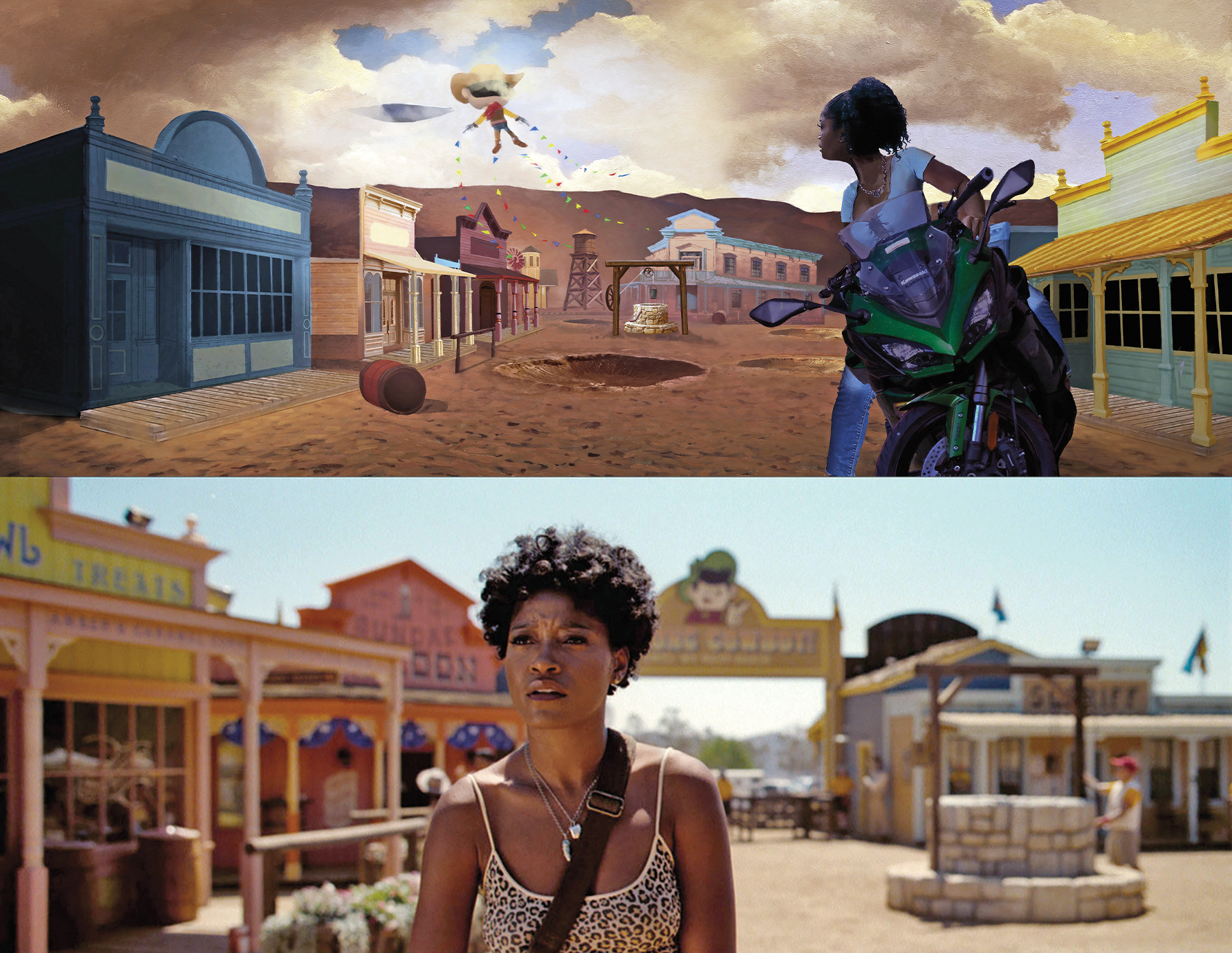
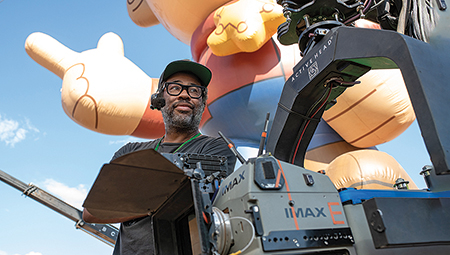
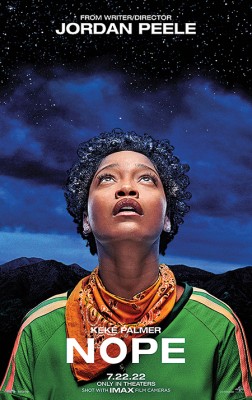

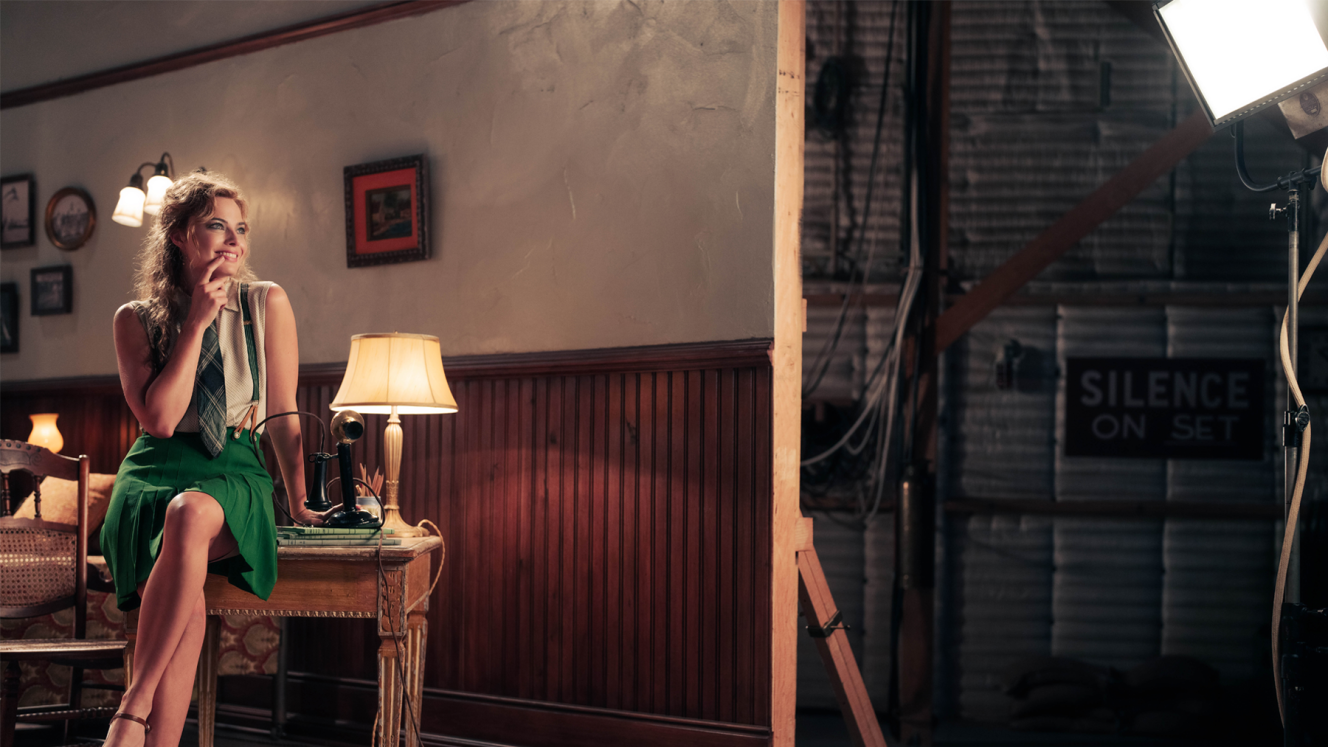
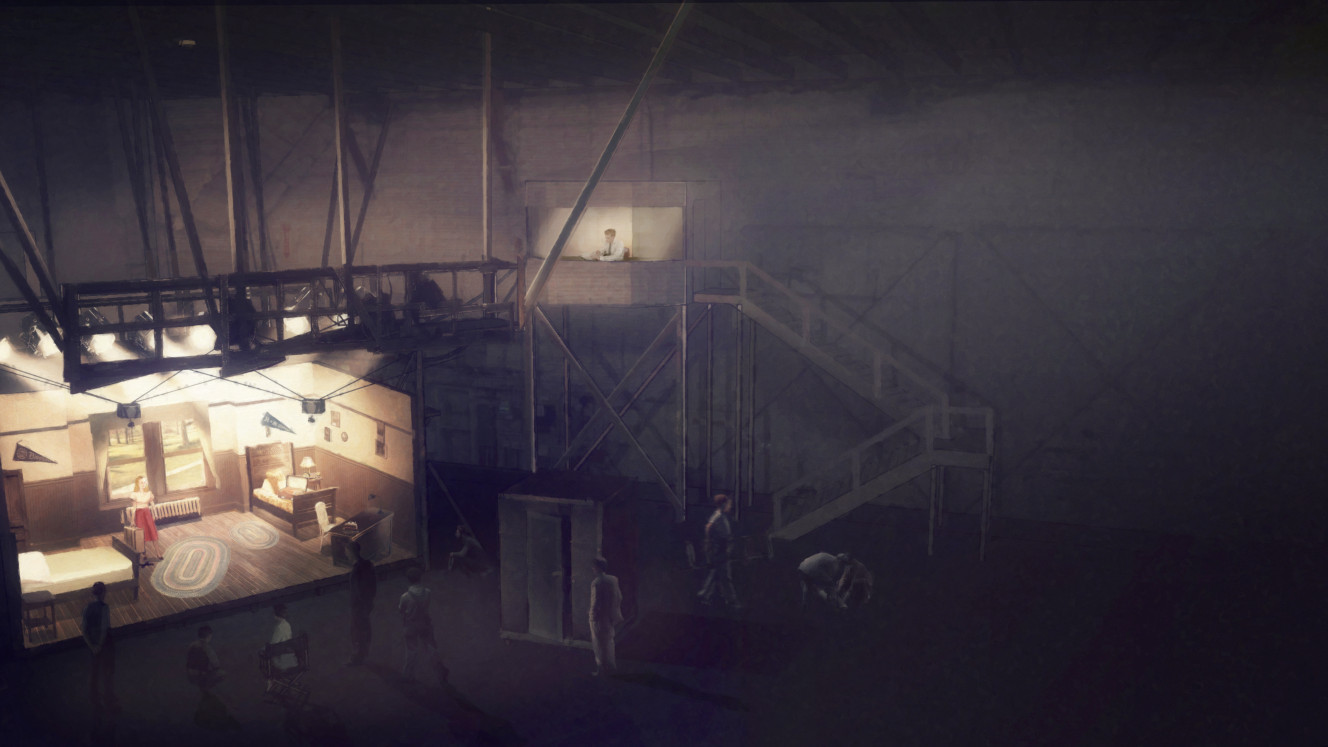
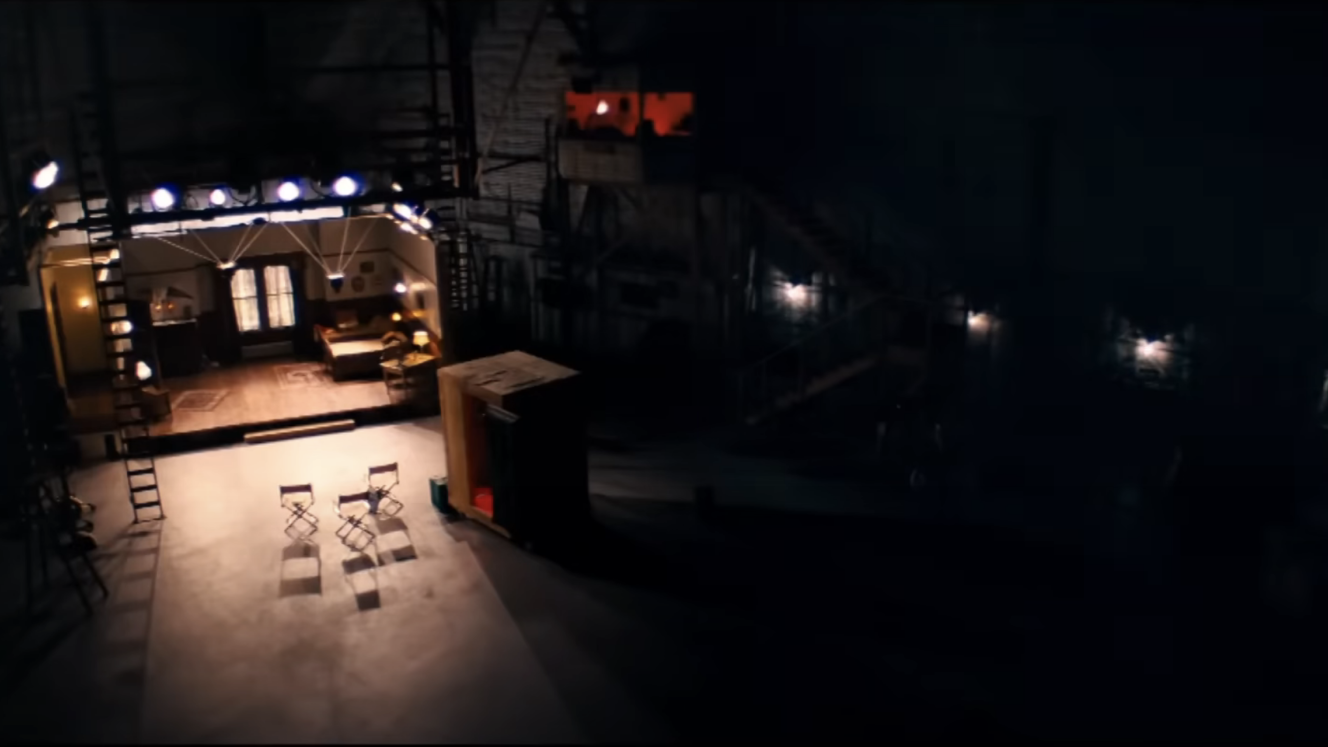
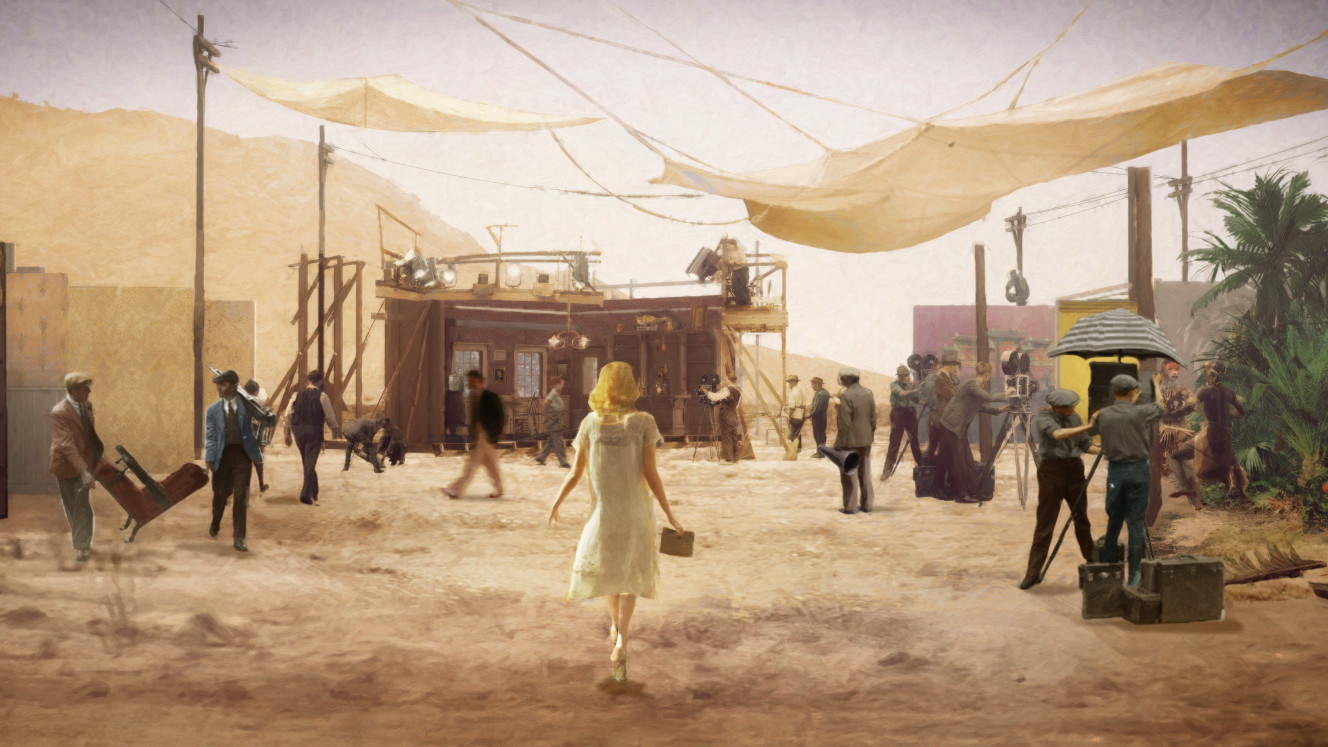
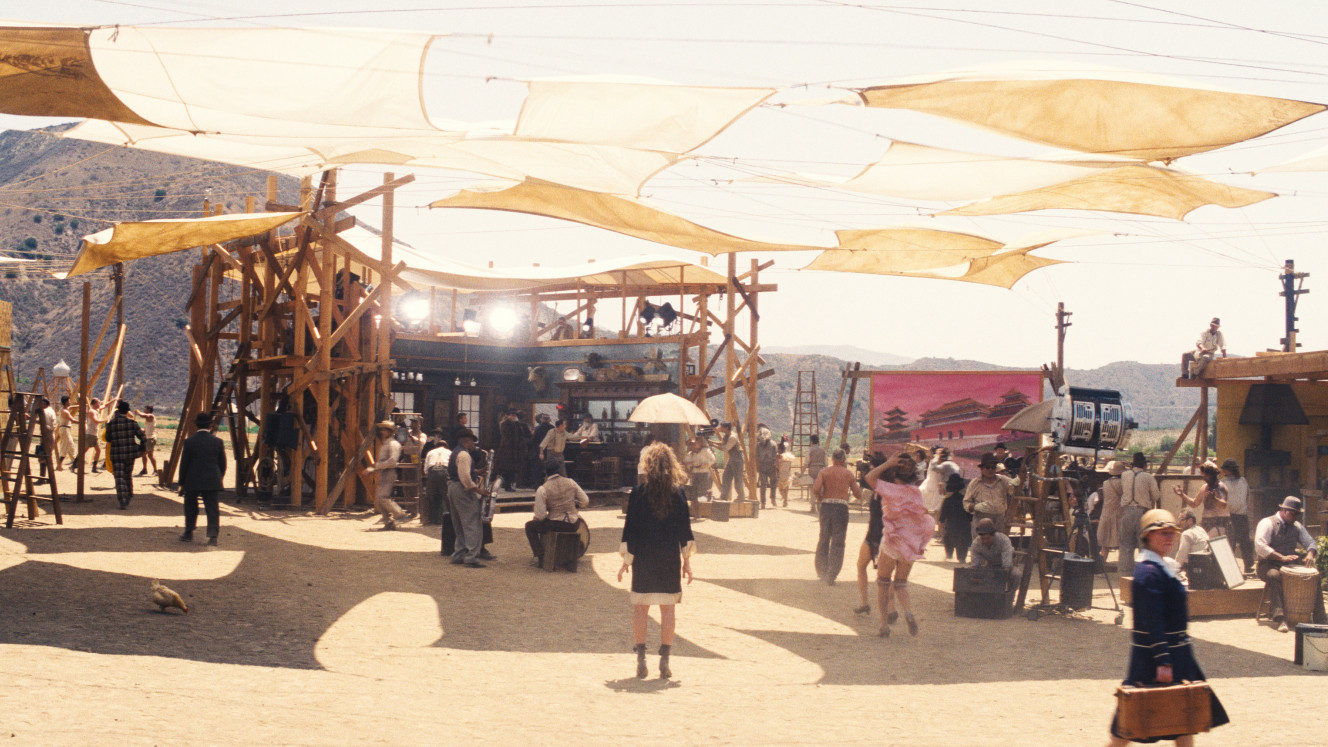
 The main character in the film, Pi, has a lifeboat manual that features prominently in the narrative. Bush was initially tasked with designing five or six specific pages of the manual to be seen on camera. “But I wanted to make sure that every page of the manual felt authentic. I hadn’t done many prop illustrations before, and I was nervous they might flip to a page and see gobbledygook text, so I ended up typesetting and illustrating 60 pages,” she says with a laugh. “I made sure that every page in that lifeboat manual was readable and made sense. Then the title company [that produced the credit sequence for the film] used the little drawings I had done [in the film credits].”
The main character in the film, Pi, has a lifeboat manual that features prominently in the narrative. Bush was initially tasked with designing five or six specific pages of the manual to be seen on camera. “But I wanted to make sure that every page of the manual felt authentic. I hadn’t done many prop illustrations before, and I was nervous they might flip to a page and see gobbledygook text, so I ended up typesetting and illustrating 60 pages,” she says with a laugh. “I made sure that every page in that lifeboat manual was readable and made sense. Then the title company [that produced the credit sequence for the film] used the little drawings I had done [in the film credits].”
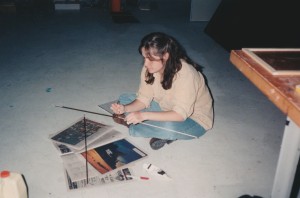
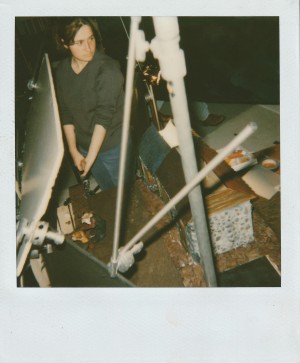
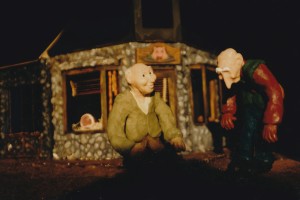
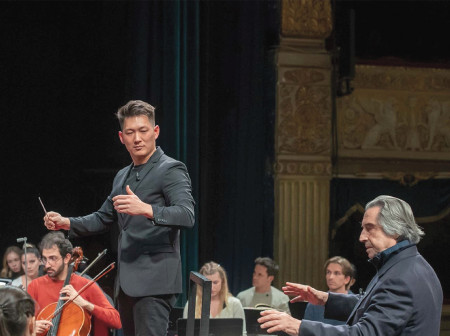


Reader Responses
I have seen all but one of the nominated films on which she worked. Great work. Just fabulous. Proud to be a fellow alum.
—Jim Shaffer '76, '81 MBA, Charlotte, N.C., via Northwestern Magazine
No one has commented on this page yet.
Submit a Response